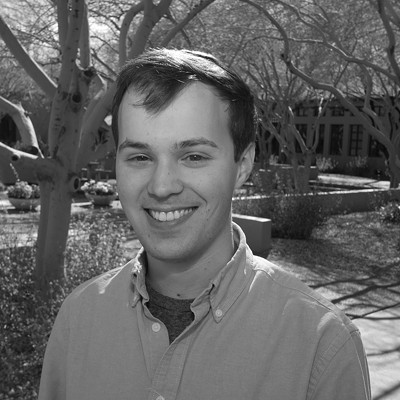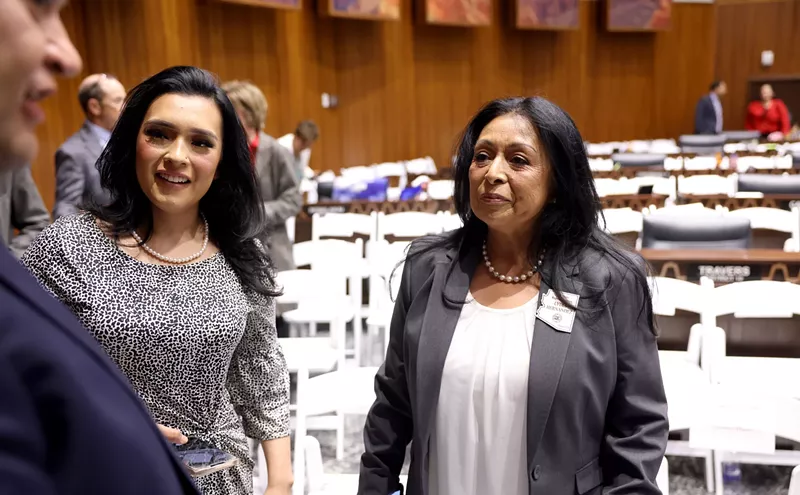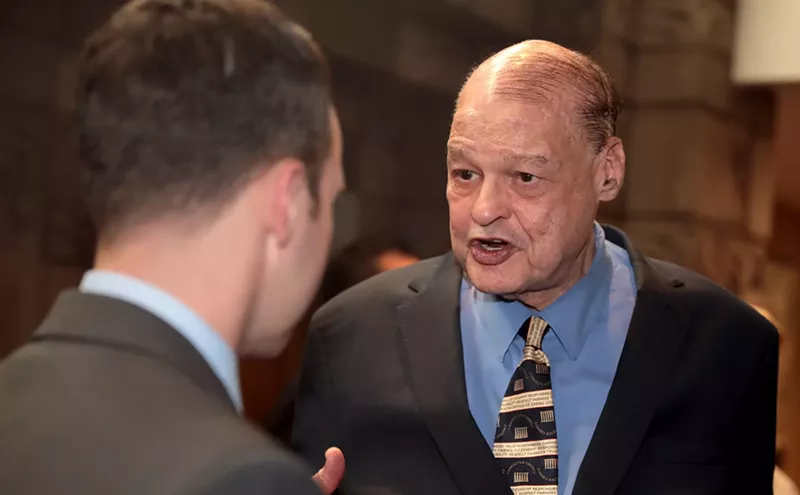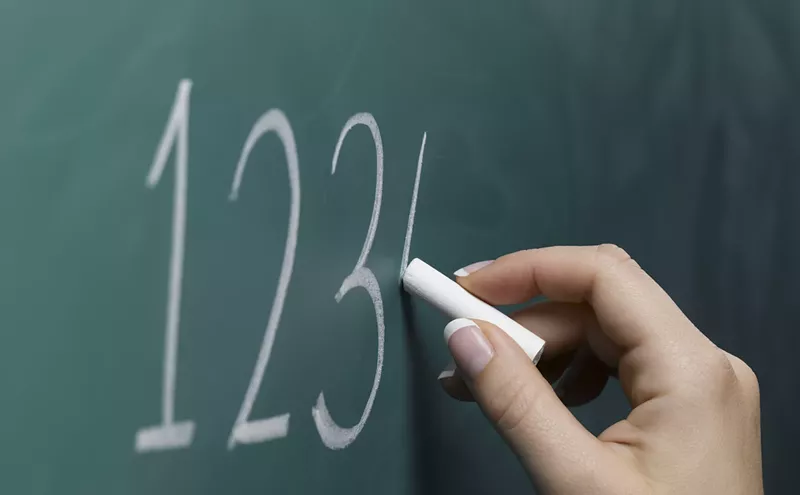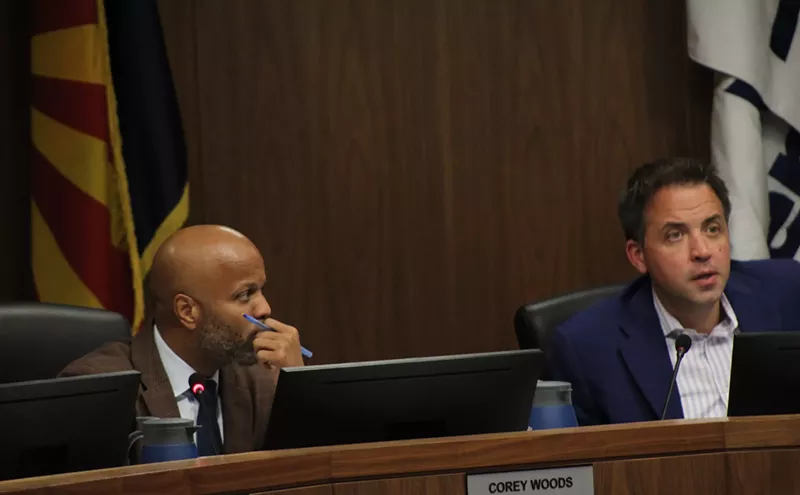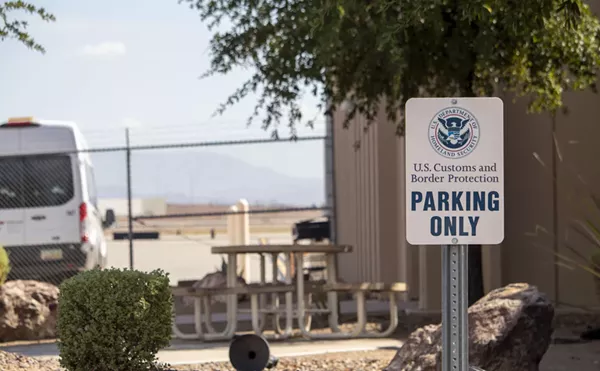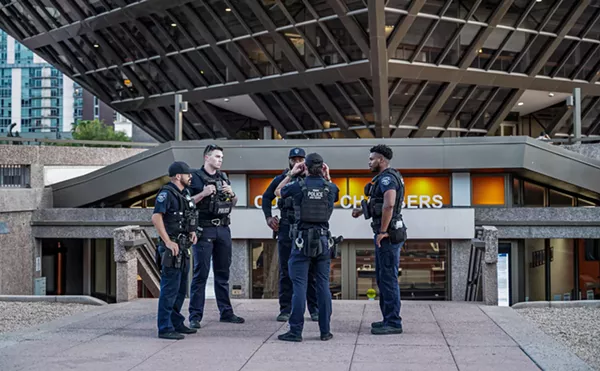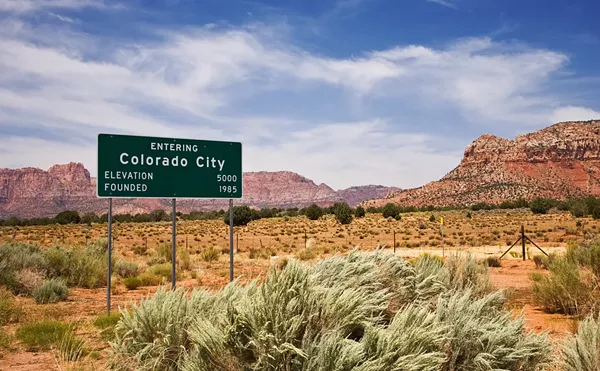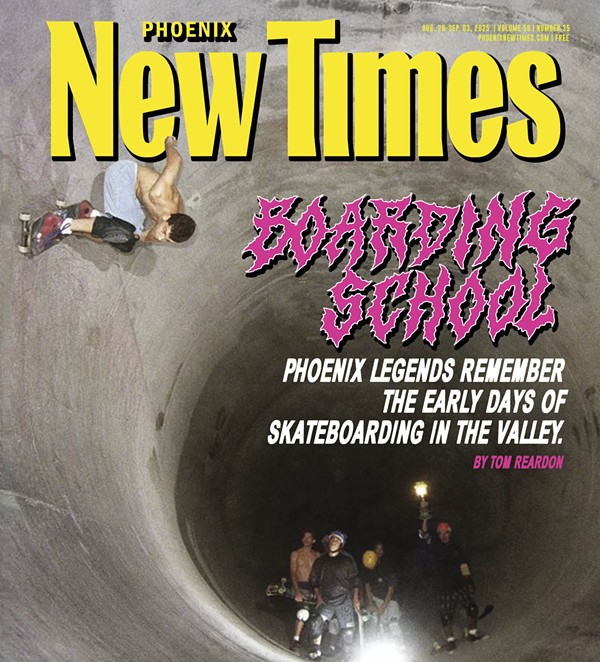These homes allow people recovering from addiction to live together in a supportive residential setting. But sober-living homes are pretty much unregulated, and residents can be vulnerable to exploitation.
It’s become a contentious subject. Cities and towns increasingly want to regulate these sober-living homes — sometimes called “halfway houses” — in response to neighborly concerns. Sometimes residents aim to punish disruptive homes or weed out bad actors. But how do you do that without violating federal law and exacerbating a crisis of addiction?
Efforts to curb or regulate sober-living homes have taken place in Prescott. The conversation is making its way to Phoenix and Paradise Valley. And tonight, Scottsdale will jump into the debate.
The Scottsdale City Council will consider an amendment to the zoning ordinance with new language geared toward the sober-living homes that have set up shop in the city.
Under Scottsdale’s proposal, licensed care homes with up to 10 residents and up to two residential staff can be located in single-family zoning districts. Homes with more than six residents, where no supervision or care is provided, will only be allowed in multifamily zoning districts.
Licensed care homes will also face an increased minimum distance between them of 1,200 feet. They must also provide proof of their state license to Scottsdale before the home can open its doors.
Scottsdale Planning and Development Services Director Randy Grant said that in addition to keeping sober-living homes farther apart, the proposal will encourage better management and more effective responses to any enforcement concerns.
“If they’re claiming to be a care home and they don’t have a state license, then we’re going to know right away that they’re not operating in conformance with the ordinance," Grant said.
Since April, Scottsdale has held open meetings with residents to work out the details of the ordinance. According to Grant, residents often wanted to establish a distinction between sober-living homes and elder-care facilities that would “give more leniency” to the elder-care homes.
But all city ordinances have to comply with federal housing and disability law, which prohibits housing discrimination against people recovering from addiction. Under the proposal, there’s no distinction between elder-care and sober-living facilities.
“Under the Fair Housing law, we just haven’t figured out how to do that legally,” Grant said. “And so we’re operating under the assumption that what we’re presenting to the council is going to be legally defensible, and that we have to treat disabilities equally.”
According to Scottsdale’s land use impact analysis, the influx of sober-living homes was the instigating factor for the change:
The proposed text amendment provides opportunities for housing for disabled persons in single-family neighborhoods; while also providing additional oversight and separation to assure homes are properly licensed and helping to prevent conglomeration and saturation that may negatively impact single-family neighborhoods.There are currently 109 licensed care homes in Scottsdale, according to the city's senior planner Greg Bloemberg. But that figure does not include the unlicensed sober-living homes where no supervision or care is provided on-site.
Meghan Liggett, 37, organized a Change.org petition that asked the Scottsdale municipal government for better enforcement of the existing code. She hopes the new ordinance will ensure "people who are in group homes have a safe environment and neighborhoods stay family oriented."
"This is kind of like the Wild West of group homes out here in Scottsdale," Liggett said.
Liggett said the prevalence of sober-living homes caught her attention when a new sober-living residence moved in, not far away from an existing sober-living home on her block. Liggett wrote to the city to complain, to no avail.
“We’re very happy that these people that are living next to us are working on their sobriety. It’s really important that they have a place,” Liggett said. “It’s just really important to us that they have that separation, so everyone can have the neighborhood experience that they’re looking for.”
Under the proposal, the minimum distance between care homes will increase from 500 feet in any direction and 750 feet on the same street to a uniform 1,200 feet.
The debate in Scottsdale echoes some common themes when it comes to addiction treatment. Neighbors often want sober-living homes out of their background entirely. Sometimes, residents are under the impression that cities can simply ban sober-living residences. (They can't.)
Jeff Taylor, a spokesperson for the Arizona Recovery Housing Association, said that the association continues to work with Scottsdale on solutions that benefit the community. Nevertheless, Taylor said misconceptions abound when it comes to addiction recovery.
“What‘s occurred in Scottsdale is, I think, a lot of disinformation,” Taylor said. The key, he said, is to avoid exacerbating an opioid epidemic simply because of a lack of education.
“They are just like a family, they have to be treated like a family, and any restrictions may be discriminatory against a protected class,” he said. "So, how do you find the balance between protecting the individuals that live there? Because now you have some bad operators out there, with the opiate epidemic that we’re going through.”



